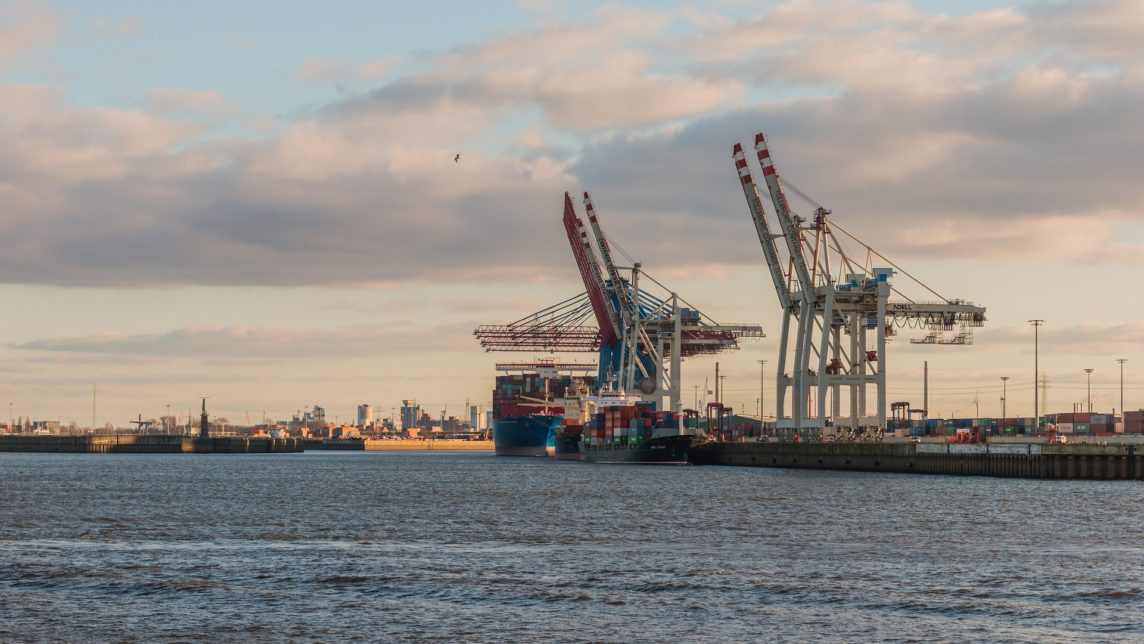Flying in the face of the Trump Administration’s isolationist trade policies, US imports are soaring, buoyed by strong consumer spending. Global Port Tracker projects that this summer, containerized imports will surpass last year’s records, topping 1.83 million TEU each month. That’s great news for retailers, but the brisk rate of trade threatens to run headlong into a port infrastructure and trucking environment which are already under strain.
In a statement accompanying the summer forecasts, National Retail Federation Vice President Jonathan Gold said, “Imports continue to be the primary source of high-quality, mass-produced necessities at affordable prices and will be for the foreseeable future.” But Gold went on to caution that tariffs could be a major fly in the ointment that drives up consumer prices and halts the economic recovery in its tracks, a concern echoed by shipping executives and many domestic manufacturers that import raw materials and components. The impact of tariffs is difficult to predict, since the White House’s strategy is so bizarrely inconsistent: antagonistic with Canada one day and conciliatory with China the next. The markets have thus far remained optimistic in the face of the possible trade war, with The US’s GDP predicted to grow by 2.8 percent in 2018. In the first quarter, Asian imports increased by 3.8 percent, though hopes that the dueling tariffs were a mere bargaining strategy are beginning to fade; the Trump Administration has stated that it will begin collecting duties on the first round of Chinese imports on July 6. However, even assuming import demand remains robust, prices are likely to rise as a result of increased transportation costs.
US ports, like the rest of the nation’s infrastructure, are badly in need of refurbishment, especially to accommodate the 10,000+ TEU mega-ships growing to dominate the seas. In the latest report from the American Association of Port Authorities, the AAPA estimates that $20 billion in investment will be needed over the next 10 years for port and rail access projects. Fortunately, progress on many of these improvements is already underway at several ports, particularly on the East Coast, which is steadily chipping away at the West Coast’s former dominance of Asian imports. According to JOC, “the East Coast gained 1.3 points of Asia import share in the first quarter,” while the West Coast’s share declined by 1.9 percent. Responding to this shift, the US Army Corps of Engineers has awarded $224 million in federal funding to East Coast deepening projects, with the Port of Savannah coming out the biggest winner with $84 million in funds. Even with the funding, though, these projects will take years to complete, and in the meantime, congestion is a major issue, and it’s colliding with extremely tight truck capacity.
According to DAT, “spot market demand has exploded in June,” with loads up 105 percent over 2017, and rates approaching record highs. There’s no relief in sight for shippers as carriers struggle to attract drivers and adjust to significantly altered schedules and routes in the wake of the ELD mandate. Port congestion, container shortages, and the reduced number of sailings caused by the reconfigured ocean alliances are further squeezing capacity, and gas prices are also on the rise. At a certain point, the price increases associated with tariffs and transportation costs will inevitably erode consumer demand.



